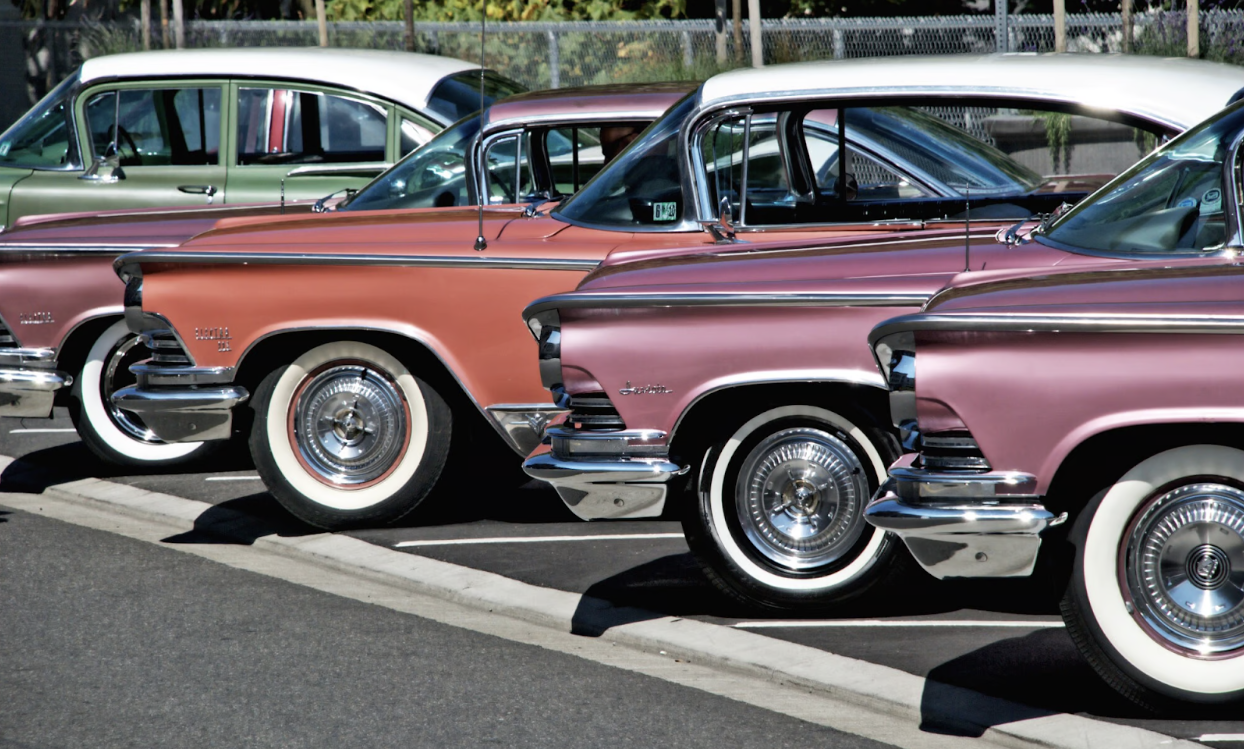The Ultimate Checklist for Buying Your First Old-Timer Car
Purchasing an old-timer car can be an exciting and fulfilling experience, especially for those who appreciate the charm and craftsmanship of vintage vehicles. However, buying a classic car requires careful consideration and thorough research to avoid potential pitfalls.
When purchasing your first old-timer car, it's crucial to ensure that the vehicle is in good condition, both aesthetically and mechanically. One often overlooked aspect is the potential for hidden damage caused by smoke or fire. Before finalizing your purchase, consider conducting a thorough inspection that includes testing for car smoke and fire damage. This step can reveal underlying issues that might not be immediately visible but could affect the car's performance and safety. By addressing these concerns early, you can avoid unexpected repairs and ensure that your classic car remains a reliable and enjoyable investment for years to come.
Here’s the ultimate checklist to help you make a confident and informed purchase as you look for your dream classic car. Keep on reading to learn more!
1. Set a Realistic Budget
Before starting your search, establish a clear budget that includes not just the purchase price but also additional expenses such as insurance, maintenance, restoration, and spare parts. Classic cars often require more upkeep than modern vehicles, so factor in unexpected repairs and regular servicing. Having a realistic budget helps you narrow down your options and ensures you don’t overspend on a car that might become a financial burden.
2. Research the Market
Take time to research the market and understand the typical price range for the classic car models you’re interested in. Websites, auctions, car clubs, and classic car shows are great places to start. Knowing the average price and demand for certain models can help you identify a fair deal when it comes along.
Joining online forums and speaking with experienced collectors can also provide valuable insights into which models are known for reliability and which ones may come with hidden challenges.
3. Inspect the Car Thoroughly
A thorough inspection is crucial when buying an old-timer car. While the exterior may look pristine, hidden issues can turn a seemingly good purchase into a costly nightmare. Check for signs of rust, particularly in areas prone to corrosion like wheel arches, undercarriages, and floor panels. Inspect the paint job for inconsistencies that might indicate previous bodywork repairs.
It’s also important to assess the car’s engine, transmission, and suspension. Look for any oil leaks, odd noises, or smoke, and make sure to test drive the car to get a sense of its overall condition. If you’re unsure of what to look for, consider hiring a professional mechanic experienced in classic cars for a pre-purchase inspection.
4. Verify Authenticity and Documentation
To find the classic car of your dreams, ensure that its authenticity is verified. Check the vehicle’s identification number (VIN) and compare it with the car’s registration documents to confirm its make, model, and year. Documentation should include a clear history of ownership, maintenance records, and any restoration work performed. If parts have been replaced, inquire whether they are original or aftermarket.
Proper documentation is not just crucial for establishing the car’s provenance but also plays an important role in its resale value. A well-documented classic car is often more desirable and easier to insure.
5. Evaluate Restoration Needs
Many classic cars come with some level of wear and tear, but it’s essential to determine whether you’re prepared for potential restoration work. Minor cosmetic fixes can be manageable, but major structural or mechanical repairs can be both time-consuming and expensive. Ensure that the car’s current state aligns with your willingness and ability to handle restoration tasks.
If you’re buying a project car with the intention of restoring it yourself, check the availability and cost of parts. Some models have readily available parts, while others require sourcing from specialty suppliers, which can be costly and time-intensive.
6. Assess Insurance Options
Insurance for old-timer cars can be different from standard vehicle insurance. Look into policies tailored for classic cars that often come with agreed-value coverage, which guarantees the car’s value in the event of a total loss. Premiums can vary based on factors such as the car’s rarity, condition, and intended usage (e.g., daily driver vs. occasional weekend use).
Shop around for quotes from insurers who specialize in classic cars, and make sure your chosen policy provides sufficient coverage for the vehicle’s value and potential restoration investments.
7. Join Classic Car Clubs and Networks
Becoming a member of classic car clubs and online communities can be highly beneficial. These networks provide support, share knowledge, and connect you with people who can help with restoration, sourcing parts, and general advice.
Clubs often organize meetups, shows, and events where you can learn more about maintaining and showcasing your classic car. These connections can also be invaluable when you’re looking to find your dream classic car, as they often have insider information on upcoming sales, reputable sellers, and market trends. That way, you can be sure you allow yourself to make the best possible decision regarding your car purchase.
Buying your first old-timer car is an exciting journey that blends passion, research, and careful decision-making. By setting a realistic budget, inspecting the vehicle, verifying its authenticity, and understanding restoration needs, you’ll be better prepared to make a sound investment. Tapping into insurance options and joining classic car communities adds an extra layer of support, ensuring that you can enjoy your vintage car to the fullest. With these tips, you’re well on your way to confidently navigating the world of classic car ownership and finding the perfect addition to your collection.







